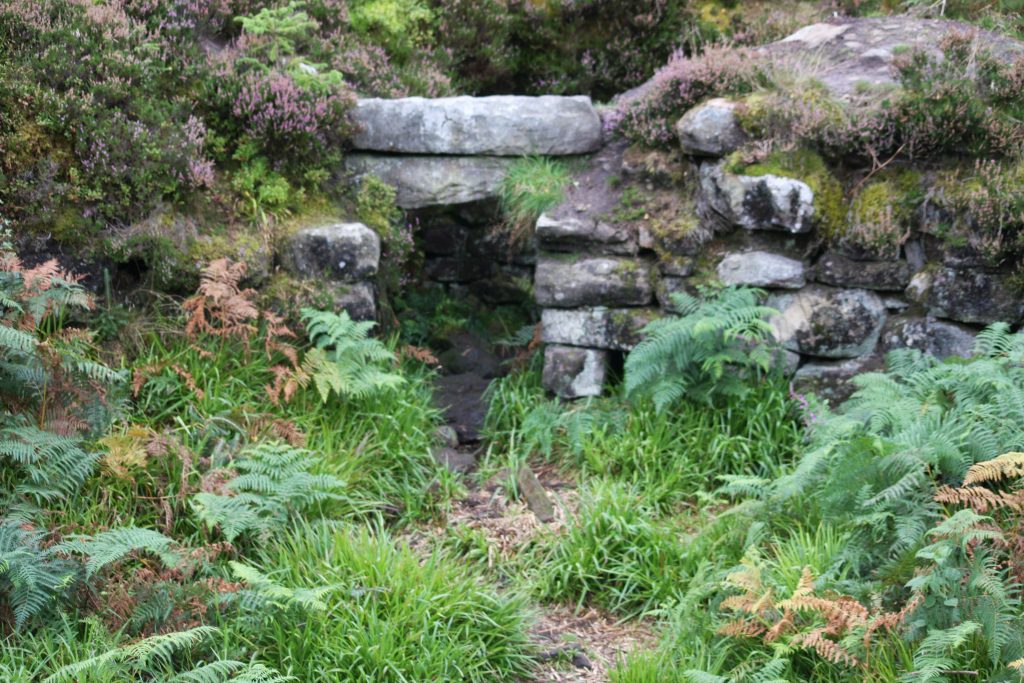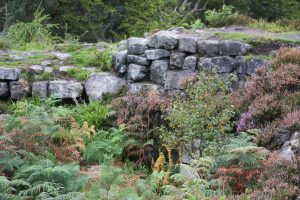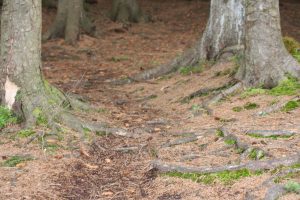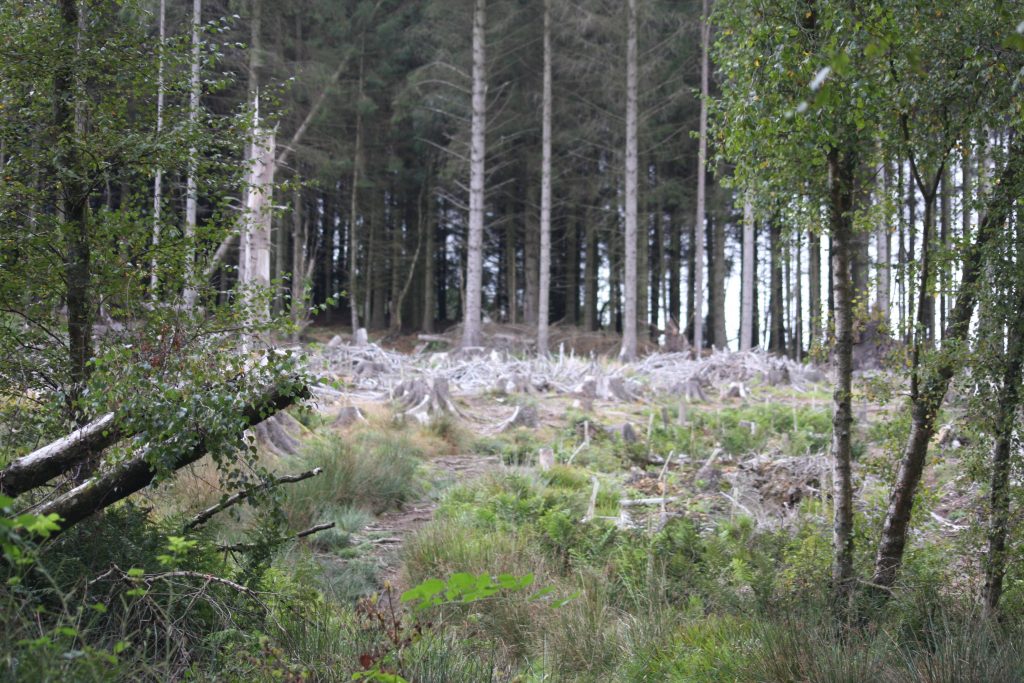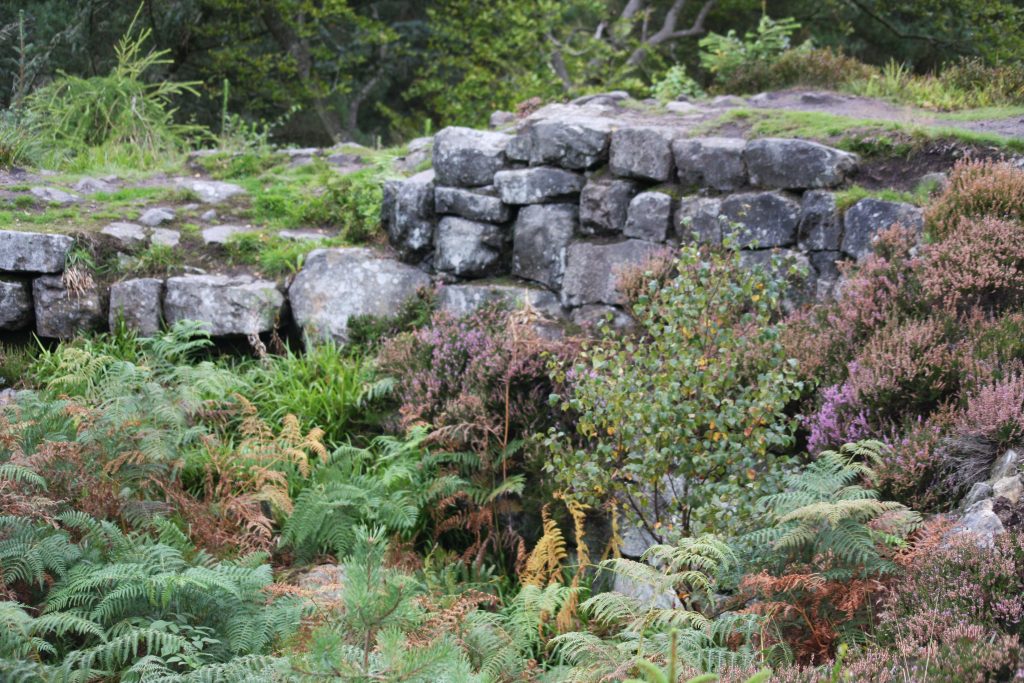
We are haunted by those who went before. One strand of The Well of the Moon deals with this haunting, not only by our ancestors – though mine do seem to hang about a lot – or the people who actually lived in your house or your village before you, but by the myths we create about them. I have no evidence, for instance, that my ‘first Honora’ was the woman whose obituary appeared in The Waterford News in 1938 after her death at the age of 113, and her hedge school is a matter of family myth, but we all believe in the importance of access to education to this day. The village where I have lived for the last 39 years is convinced we are haunted by monks from the ruined abbey, and the comment from my Benedictine friend that they NEVER haunt and anyway they weren’t monks but Canons, does not cut it with anyone.
The poem Lost Roads is also about this. It was a post about buried roads here
https://2bogsaswampandsomeislands.wordpress.com/2019/05/19/footprints-of-history-on-the-bog/
that started me off, together with a walk through the Avalon Marshes where you can still see a replica of the neolithic Meare Track. There is a tendency to annex these things, to want them to be Roman when they are later, or sometimes even earlier than is generally supposed. Often associated in the past with the late Roman queen Helen (who is said to have been the mother of the emperor Constantine and to have discovered the burial place of the True Cross), there is now a tendency to merge her with the goddess Elen of the Ways. The real Helen has disappeared, like the ancient Britons we have transformed into fairy folk or the people of the Sidh. And yet we crave their presence, and revere their wisdom, as far as we can find it.
I have been thinking about this as I begin to plan to live somewhere new. I have a lot of books, which will take up space in the house and a lot of plants already to put in the new garden. We tend to think about ‘putting our stamp’ on a new home, and making it our own, but it is fatal to imagine you can create a stage set for a drama in which I will take the lead. What I’ve got is a bit part in a soap that has been running for centuries. I will try to connect with what has gone before, with the soil conditions, the prevailing weather, the plants that thrive and the communities that flourish there, but I wonder what I will be erasing, who will be forgotten, will disappear and return as myth.
